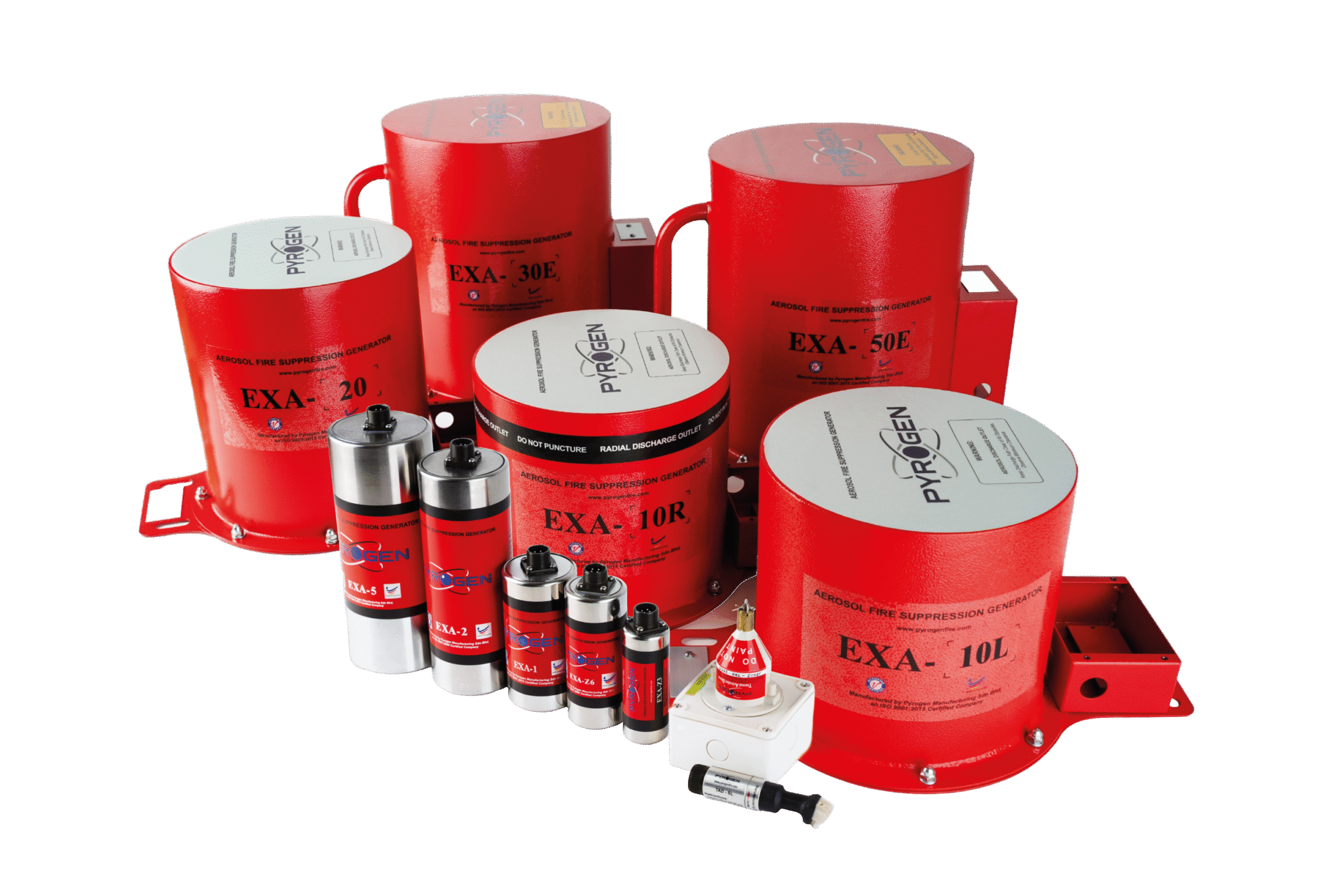
Fires aboard vessels are among the most critical safety threats in maritime operations. Even a minor fire can escalate rapidly—particularly within confined and high-risk areas such as engine rooms—leading to severe damage, serious injuries, or fatalities. At sea, the isolation and limited accessibility to external emergency services heighten the severity of onboard fire incidents. The crew must rely solely on the vessel’s firefighting systems and their own training to contain and extinguish the fire.
Beyond the immediate threat to life, onboard fires can cause extensive damage to cargo, machinery, and critical vessel systems. In severe cases, they may compromise the vessel’s structural integrity and navigational capability, potentially leading to total loss. As such, proactive fire risk management—including robust prevention, early detection, and effective suppression systems—is essential to maintaining operational continuity and ensuring the safety of all personnel and assets on board.
Oil Leakage Oil leakage is the leading cause of fires in marine engine rooms. Leaks from lubrication or fuel systems, often due to system failures, can result in flammable fluids coming into contact with hot engine surfaces—creating immediate ignition risks. Inadequate Insulation Poor or degraded insulation allows heat from engines and exhaust components to transfer to adjacent flammable materials. Excessive heat can also deteriorate nearby electrical wiring, increasing the likelihood of sparks or electrical faults. Electrical Equipment Malfunctions Faulty electrical components—such as overloaded circuits, short circuits, or degraded insulation—can result in overheating or electrical arcing. These conditions can ignite flammable vapors or oils commonly present in engine rooms. Lack of Preventive Maintenance Insufficient maintenance increases fire risk by allowing hazards such as oil leaks, worn wiring, or faulty fuel systems to go unnoticed. Regular inspection and servicing of engine components and fire suppression systems are essential to minimizing fire risk.
Limited Space and Structural Constraints Marine engine rooms are among the most confined areas on board, making it difficult to install or retrofit comprehensive fire suppression systems—especially on older vessels not designed with modern fire protection in mind. Multi-Class Fire Hazards Marine engine rooms are exposed to a combination of: Class A: Combustible solids such as insulation, wiring, or packaging materials. Class B: Flammable liquids and gases including oil, fuel, and lubricants. Class C: Electrical fires from motors, panels, or control systems. Fire suppression systems must be specifically certified to address all relevant fire classes to ensure effective coverage. High-Temperature Environments Engine components and exhaust systems can reach extremely high temperatures during operation. Spilled fluids may ignite upon contact with these surfaces, even in the absence of an open flame—requiring rapid and reliable suppression response.
EXA-M aerosol fire suppression systems EXA-M aerosol fire suppression systems have been extensively used for the protection of engine compartments and machinery spaces in marine vessels in Australia, Asia, US and Europe for many years. EXA-M have protected thousands of vessels including Sydney Ferries, Cruises, Police Boats, yachts, fishing boats and many other small to medium vessels worldwide. Ideal for small to medium size engine compartment Ideal for small to medium size engine compartment up to 200m3 in volume, EXA-M requires minimal maintenance as they are non-pressurised, contain no moving parts, require no weighting, contain no liquids or gases, and have no piping or nozzles. EXA-M can be a fully autonomous stand-alone system EXA-M can be a fully autonomous stand-alone system when coupled with our TAD detection and activation devices – therefore no external power source required. Reach out to us to learn more.
